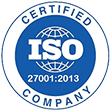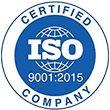10 Signs You Need to Switch Your IT Services Provider
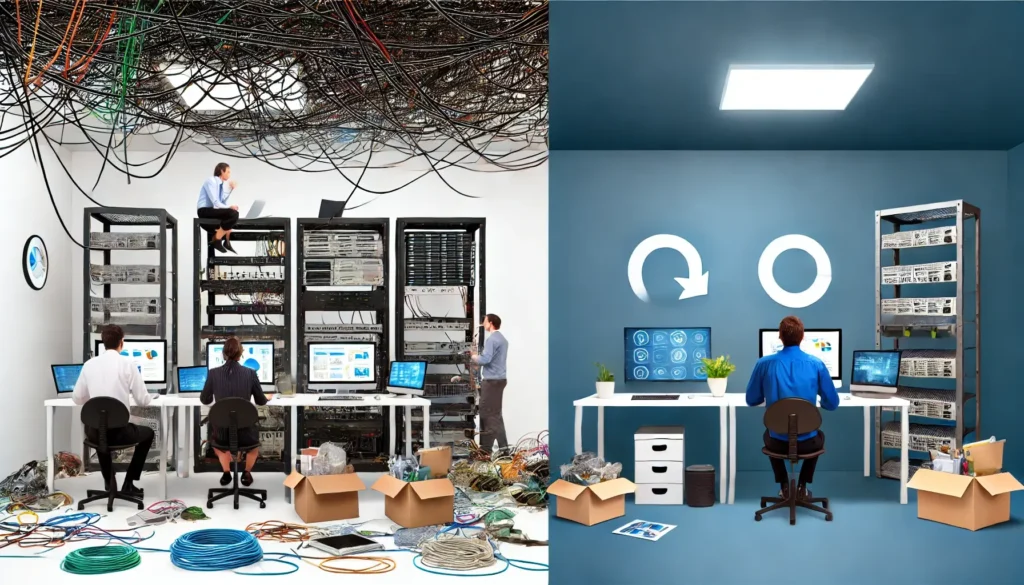
Many IT centric businesses opt for managed IT services for smooth, cost efficient, and secure IT operations. In 2024, the global IT spending will be worth USD 5 trillion. With this increased dependency on technology, companies simply cannot afford long downtimes, safety breaches and unchecked costs. Moreover, Outdated IT support can severely impact business performance and decrease productivity. Therefore, businesses should constantly reposition their IT strategies or even switch to a better IT service provider to make sure that they are making the most out of their IT investments. For scaling businesses, tech-centric corporations, decision-makers, and CTOs, here is how you know that you need to change your IT service provider. 10 Signs It’s Time to Change Your IT Services Provider Here are the top ten signs that indicate you should change your IT services provider as soon as possible. Nothing disrupts business operations or impacts overall performance and productivity more than regular network downtimes. It also has major financial implications. As per a recent survey, the cost incurred for an hour of downtime can go up to USD 100,000. Frequent interruptions in network availability suggest inadequate IT expertise or infrastructure management skills. Therefore, when connection problems are persistent, it is advisable to switch to an IT service provider that provides robust network solutions and keeps downtimes minimal. As the threat landscape has evolved dynamically, security has become a non-negligible aspect for businesses. Ongoing security breaches or lack of compliance with the latest cybersecurity protocols can have severe financial and reputational effects. Insufficient security measures endanger the overall business infrastructure, putting businesses in a very vulnerable position. IT services should help businesses with robust security solutions and strict compliance with cybersecurity standards and regulations. If the IT service provider compromises security strategy, consider shifting to better solutions. It is almost impossible to have zero disasters, business interruptions, outages, or other such crises. However, these unexpected events demand robust backup and recovery strategies that help regain business continuity with minimal impact. Slow or failed recoveries from data breaches or system failures indicate ineffective disaster recovery plans. If your current IT service provider fails to offer potent recovery strategies, search for other services that can provide comprehensive solutions for better preparedness during critical times. The technology space constantly evolves, and upgrading to these latest advancements helps improve business efficiency and productivity. It also ensures a competitive advantage with enhanced capabilities to adapt to the changing market requirements. Therefore, businesses must ensure that the digital infrastructure is updated frequently and that no obsolete technologies are used. If your IT service provider continuously uses outdated software and hardware that no longer meets industry standards, it’s time for change. It is impossible to define a fixed IT development blueprint that works for all businesses. Thus, there’s a need for scalable technical frameworks that can adapt to the changing business needs. An adaptive approach that makes sure that the IT infrastructure grows with the business without major infrastructural modifications and workflows remain seamless is exactly what scaling businesses need. If the IT support provider does not help you scale technology and operations up or, possibly down as per your needs, seek a provider that does. One of the primary reason for choosing a managed IT service provider is to ensure prompt and effective resolution of issues. The ideal IT service provider remains constantly prepared to assist, actively works to reduce the risk of IT failures, and minimizes downtime for seamless operations. It is advisable to carefully review the response times mentioned in the Service Level Agreements (SLAs) of the provider before making the choice. IT service providers should be well-equipped with the required resources and infrastructure to cater to the business’s technical demands. Additionally, they should keep up with the technical advancements, so that your company always has the competitive edge. If the provider seems unable to address complex technical issues or is unfamiliar with the latest technologies, there’s no reason why you should continue the service. Instead, look for an IT support team with dependable technical expertise and competent professionals. For smooth IT operations, businesses must constantly monitor their systems and regularly check for blockers and vulnerabilities. This helps them prevent security issues, unwanted disruptions, and unplanned downtime. If your managed IT team does not actively monitor and assess your IT resources, you need an IT service provider that keeps your performance in check constantly looks for ways to optimmise your operations. Transition away from managed IT service providers with rigid service offerings. Choose providers that embrace flexibility, allowing your business to adapt swiftly to technological advancements and market shifts. For example, with the adoption of IoT technology, a manufacturing firm needs extensive network modifications. Their existing IT service provider lacks the flexibility to update and secure this new network environment effectively, leading the firm to find a more capable provider. Transparent billing structures offer clarity and establish trust. They provide straightforward price information about the services they offer and the value they bring. Unpredictable billing structures and increased costs without clear justification or apparent improvements in service quality clearly indicate manipulation. Thus, if your IT support does not offer price transparency, it is another sign that you need reliable services. How to Transition Smoothly to a New Provider You must devise a strategic plan for a seamless transition to a new IT service provider. Here are some tips that make the process easier: The first step is to evaluate your actual business requirements and shortcomings. It will clarify the service features you need better and check for options accordingly. When choosing IT service providers, research extensively and check credibility before settling on any option. Avoid hasty decisions. Rather, look for providers with strong reputations and positive reviews that align with your business needs. After you make a list of potential service providers, try reaching out to them. Check if they can effectively cater to your requirements. Ask for detailed proposals and compare their services, costs, and case studies. For more confidence, speak to
Managed IT Services for Remote Work Environment

As the world shifts towards remote work environments, reliable technology infrastructure becomes more crucial.
Why the need for Remote HelpDesk Services ?

In today’s technology-driven world, businesses of all sizes increasingly rely on IT systems to run their operations.


